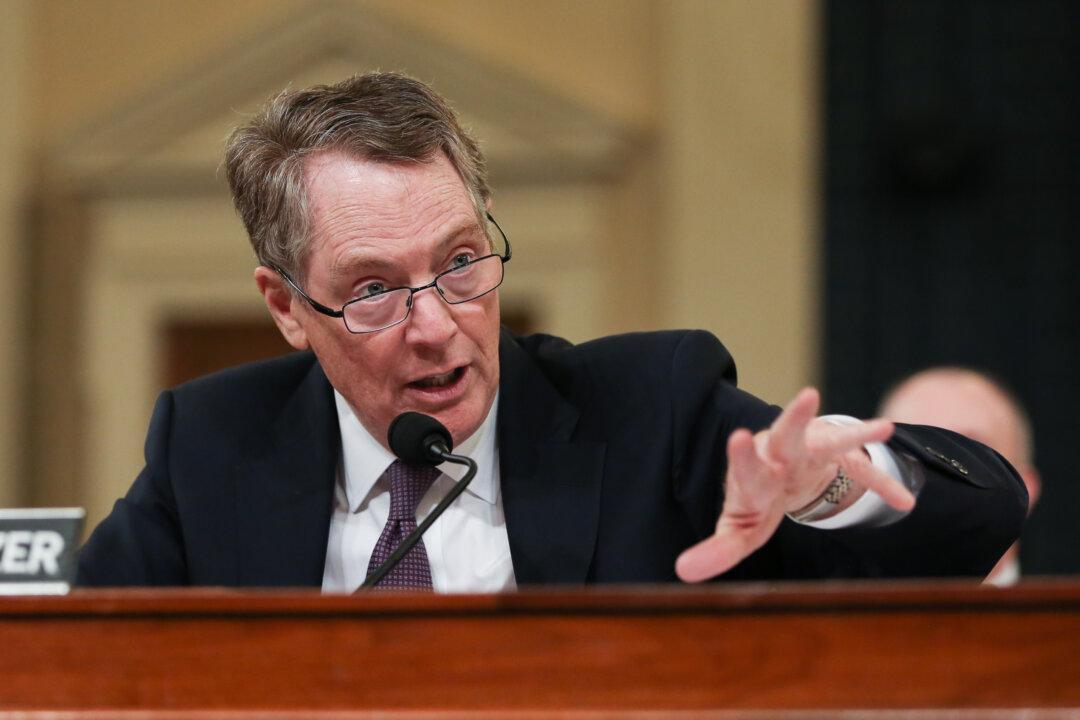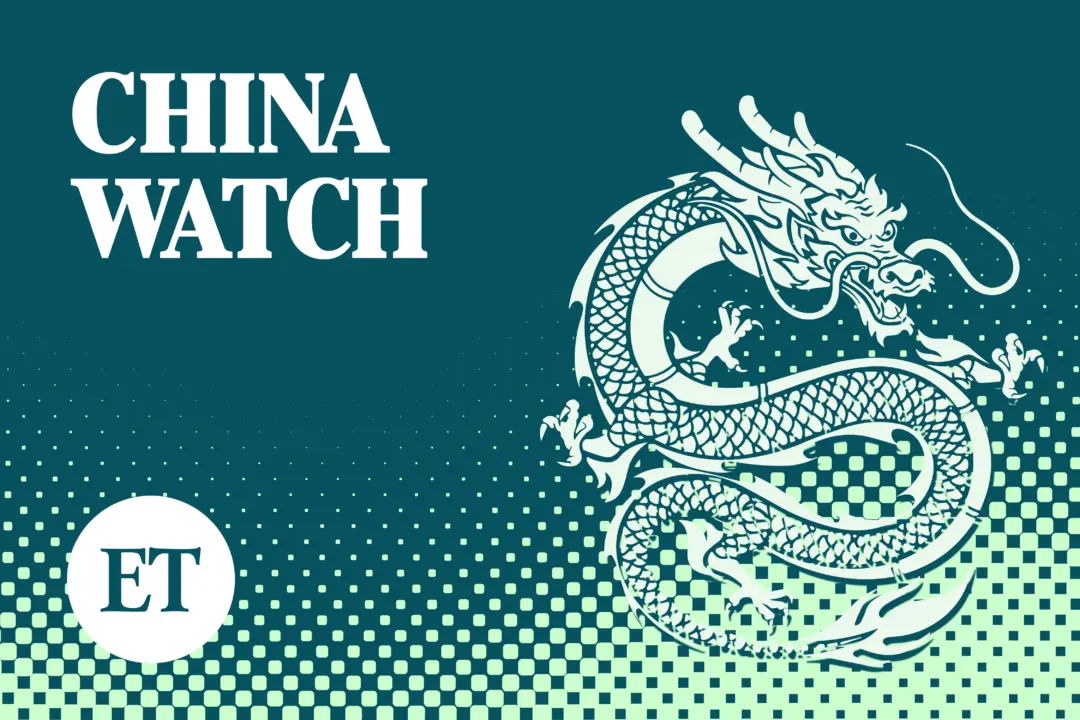Former U.S. trade representative Ambassador Robert Lighthizer views the decades of U.S. trade deficit with China as a “wealth transfer.” In his recent interview with EpochTV’s “American Thought Leaders” program, he outlined a playbook to beat China at its own game through strategic decoupling, very much the same thing China has been doing to the United States, he said.
In his new book “No Trade Is Free: Changing Course, Taking on China, and Helping America’s Workers,” he recalled a meeting he attended in Beijing in November 2017, during which he told Xi Jinping, general secretary of the Chinese Communist Party (CCP), that the U.S.-China trade relationship was unbalanced.






